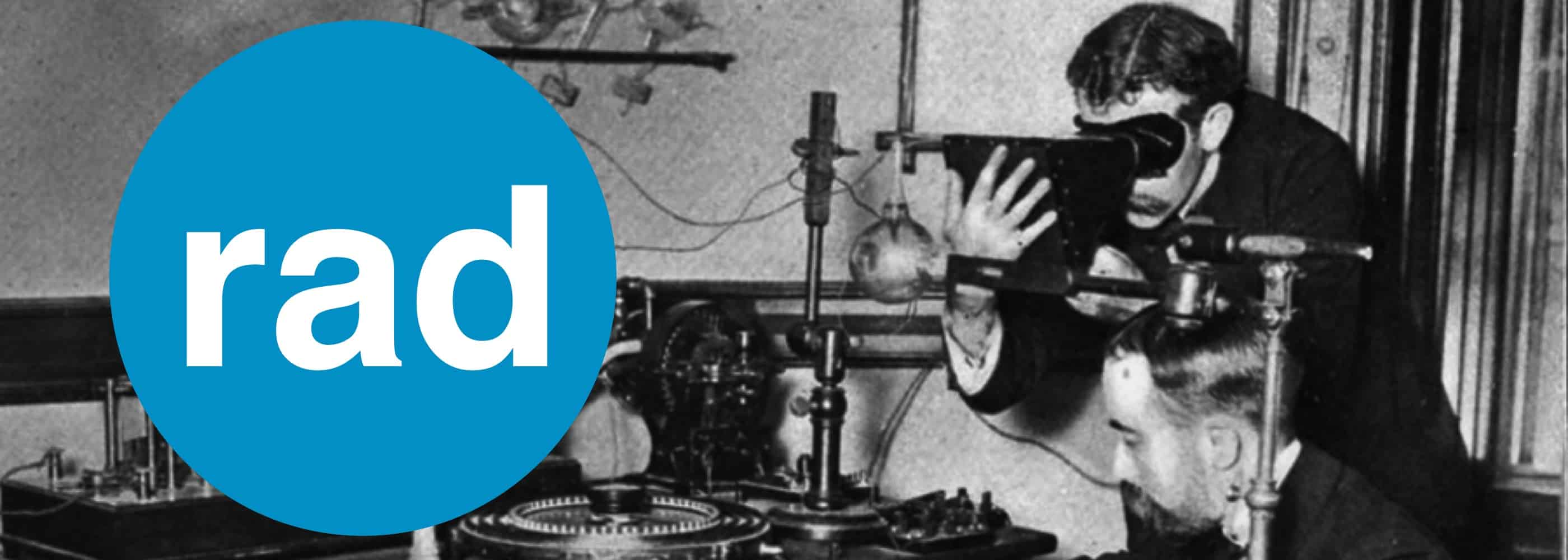Case 21 from Dimity McCracken
[az_accordion_section] [accordion title=”History” id=”acc-1″]
A 73yo hypertensive man with known ischaemic heart disease presents with sudden onset chest pain, sweating, anxiety (sense of impending doom). He is SOB & his wife mentioned he’d vomited at home. His ECG shows old LBBB.
Observations are as follows: HR 120 sinus tachycardia, NIBP 172/110, sats 97% on room air, RR 28, afebrile.
What is your differential diagnosis?
How would you investigate this patient?
What would be your immediate management strategy?
[/accordion] [accordion title=”Answer” id=”acc-3″]
Based on this limited information, the differential diagnosis includes: acute coronary syndrome, PE, aortic dissection, oesophageal rupture, pericarditis.
You take further history from the patient. He describes some weakness in his hands, but states that the chest pain is different from his usual angina. This pain is “like a creaky old tree breaking apart” & the pain is now in his back too.
In addition to routine bloods, you order a CXR which is suspicious for a widened mediastinum. Next you get a CT with contrast.
There is a type A aortic dissection.
There are 2 main classifications of aortic dissection.
-Stanford type A = affects ascending aorta (surgical management)
-Stanford type B = begins beyond brachiocephalic vessels
-DeBakey type I = involves ascending & descending aorta (Stanford A)
-DeBakey type II = involves ascending aorta only (Stanford A)
-DeBakey type III = involves descending aorta only (Stanford B)
Immediate management strategy – this is urgent! Aortic dissections are highly lethal without treatment (especially type A). Patients are usually hypertensive & tachycardic, both of which worsen the dissection & patient outcomes.
-Control of hypertension this is vital! Aim for SBP 100-120mmHg. Also want to slow HR (aim 60-80 bpm)
-B-blockers are 1st line, then vasodilators (GTN, SNP)
-Contact surgeons ASAP (especially for type A). Surgery for all type A dissections unless significant co-morbidities. Type B dissections can have surgery if complicated or ongoing pain, & endovascular management is becoming more common.
-Invasive monitoring of BP (ie. radial arterial line)
[/accordion] [accordion title=”Resources” id=”acc-4″]
A great podcast by Brian Plunkett (both cardiothoracic & ICU registrar) talking about aortic dissections for the Bedside Critical Care conference in 2013. There are slides for his talk, as well as the audio available.
https://intensivecarenetwork.com/plunkett-on-thoracic-aortic-dissection/
One of the lectures from SMACC-Gold (2014) by Rob Rogers on how to avoid missing the diagnosis of aortic dissection.
https://intensivecarenetwork.com/aortic-catastrophes-rogers/
A great run down from the LITFL Team about the statistics & evidence base behind aortic dissection, such as diagnostic modalities & management, with links to the associated articles.
http://lifeinthefastlane.com/ebm-aortic-dissection/
A nice summary of aortic dissection (plus a historial perspective) from the LITFL Team.
http://lifeinthefastlane.com/die-like-a-king/
And they did an even shorter version for those of us with ADHD.
http://lifeinthefastlane.com/ccc/acute-aortic-dissection/
Paul Young’s mind-map of aortic dissection (if your brain works better this way).
http://cdn.lifeinthefastlane.com/wp-content/uploads/2009/11/aortic-dissection.pdf
Scott Weingart’s podcast on aortic dissection – webpage has both explanatory notes & audio.
http://emcrit.org/podcasts/aortic-dissection/
Radiopaedia goes through aortic dissections. Lots of great cases to review the imaging.
http://radiopaedia.org/articles/aortic-dissection
European Society of Cardiology clinical practice guidelines for aortic diseases from 2014.
http://www.escardio.org/guidelines-surveys/esc-guidelines/Pages/aortic-dissection.aspx
Here is their summary of “take home messages & gaps in the evidence”
[/accordion] [/az_accordion_section]

























